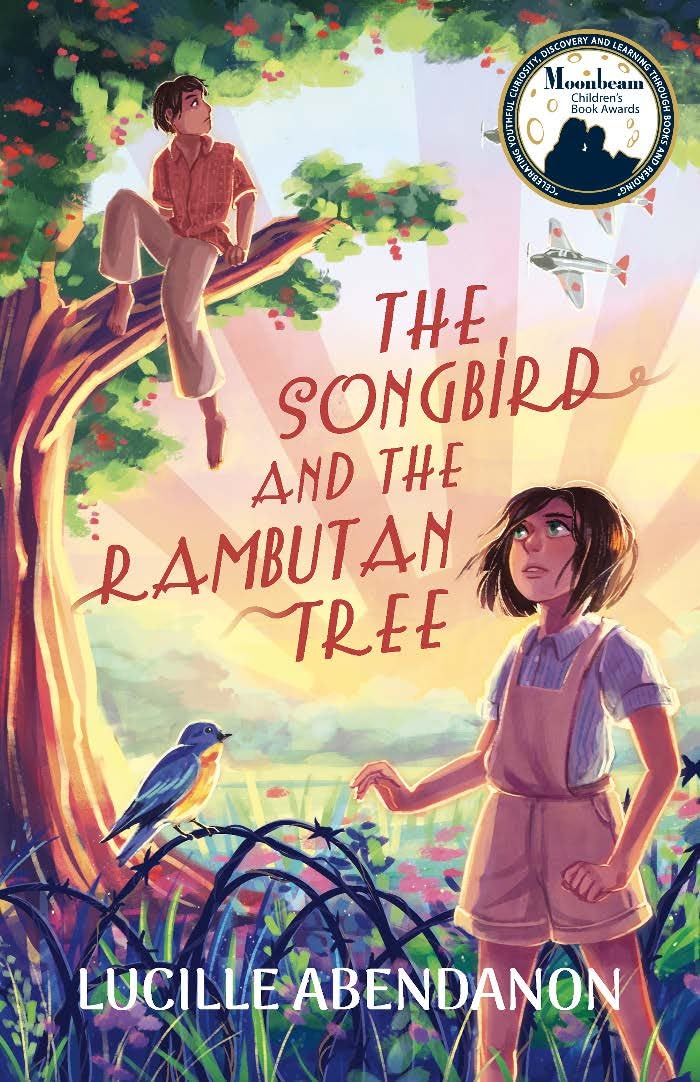Where music and nature intertwine, magic always happens.
Lucille Abendanon’s “The Songbird and the Rambutan Tree” offers a poignant glimpse into WWII through the eyes of 12-year-old Emmy, a Dutch-Indonesian girl navigating loss and identity in the Dutch East Indies. Set against the Japanese invasion of Batavia (modern-day Jakarta), the novel follows Emmy as she grapples with her mother’s death and her own silenced voice. When war erupts, Emmy’s world collapses further as she’s separated from her father and imprisoned in a POW camp. Amidst hardship, she befriends other detainees, including a Javanese girl named Sari, and discovers resilience through shared stories and music. Abendanon balances the brutality of war with moments of tenderness, painting Emmy’s journey as one of quiet courage and self-discovery. With its vivid Indonesian setting and themes of cultural duality, this story provides a fresh perspective on a familiar historical period, making it especially relevant for readers aged 10–14.
Educators will appreciate how the book’s design supports accessibility. Illustrations punctuate the text, offering visual anchors for key scenes and emotional shifts, such as Emmy sketching the rambutan tree symbolizing her fractured identity. The prose employs straightforward sentences and everyday vocabulary, avoiding dense historical jargon. The manageable text length and short chapters reduce intimidation for reluctant readers, while the fusion of personal struggle and historical drama keeps pages turning. For classrooms exploring WWII or multicultural narratives, “The Songbird and the Rambutan Tree” is a versatile choice. Its empathy-driven storytelling bridges language barriers, inviting readers to find their voice, just as Emmy does.

